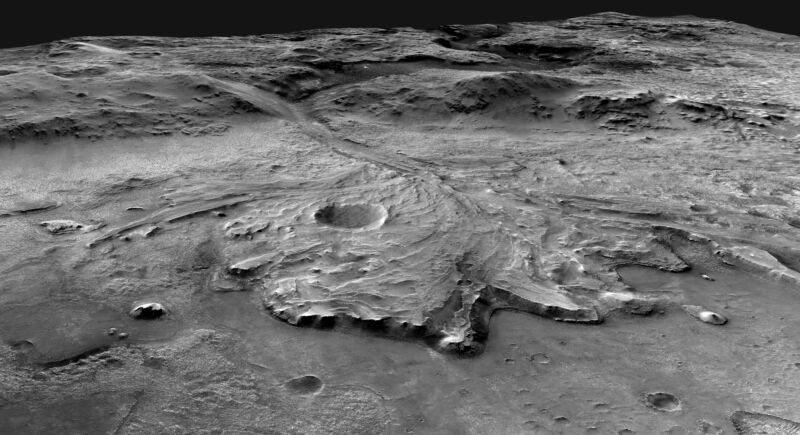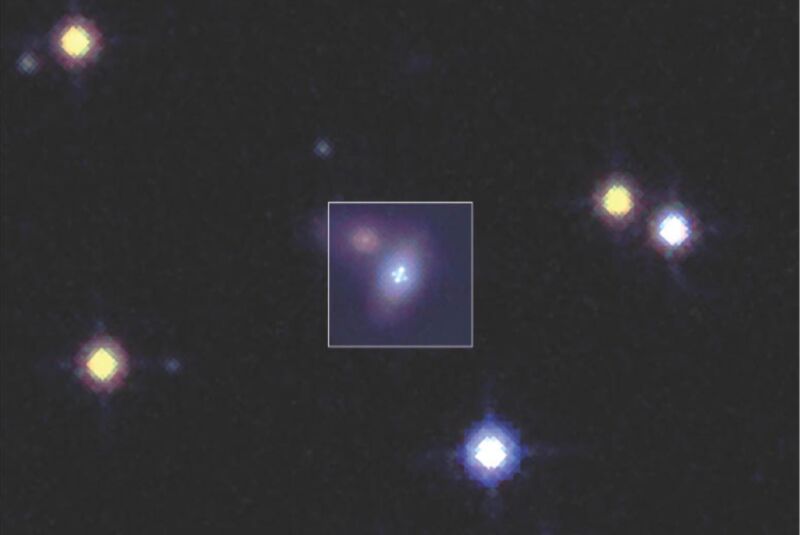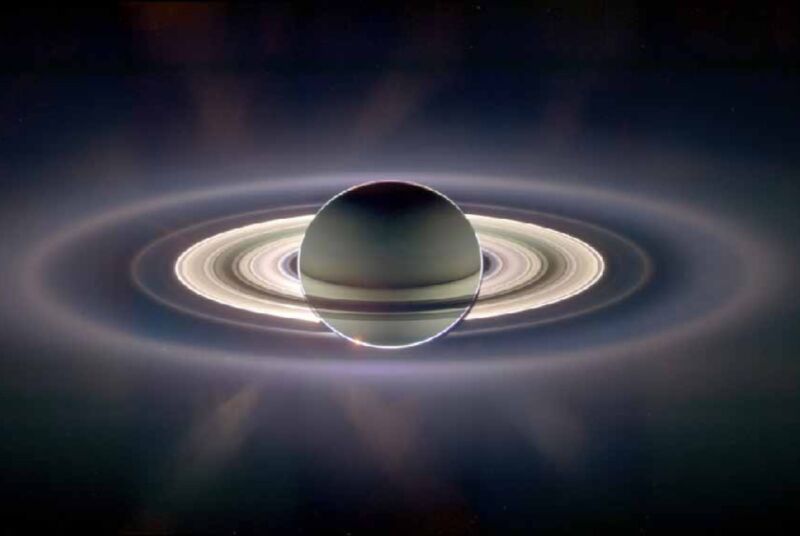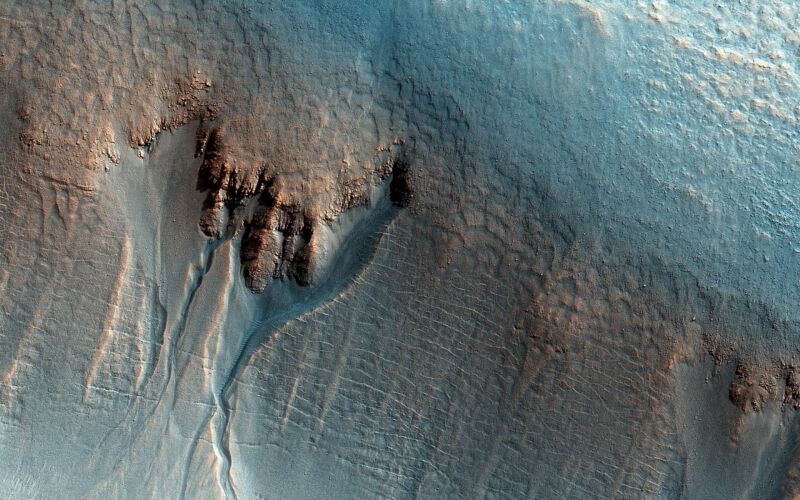-
 chevron_right
chevron_right
Communal stargazing using your phone: The Unistellar eQuinox 2, reviewed
news.movim.eu / ArsTechnica · Saturday, 29 July, 2023 - 10:30 · 1 minute
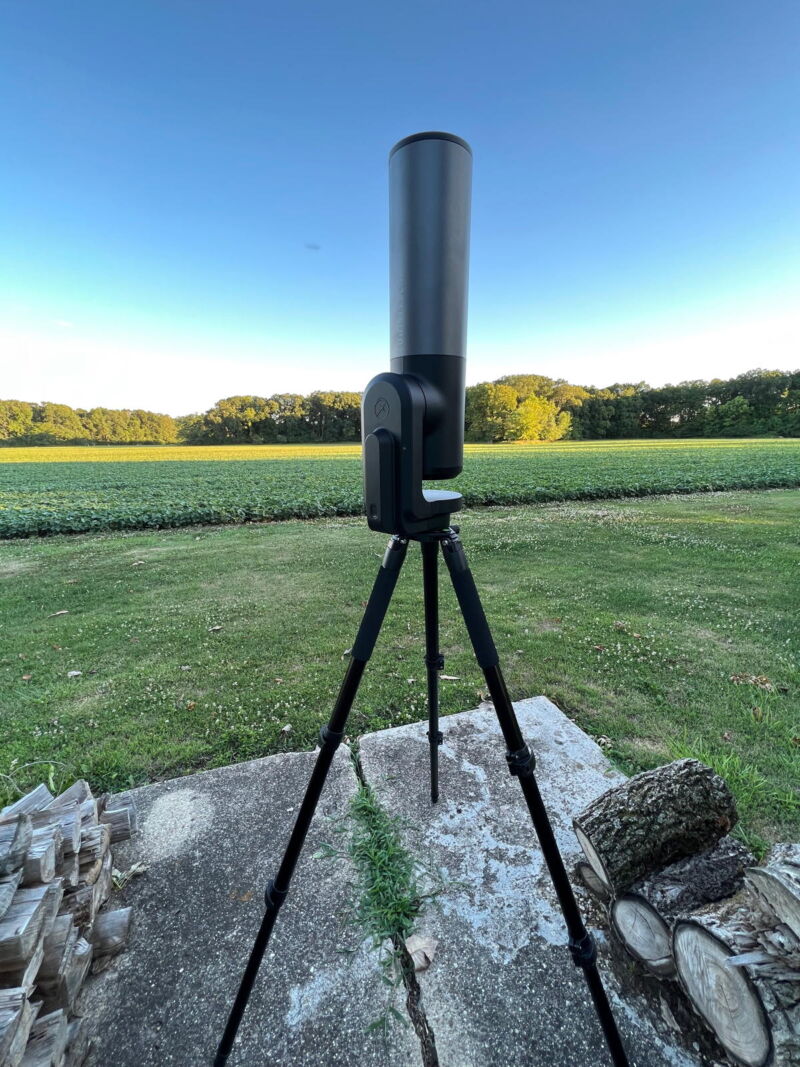
Enlarge / The eQuinox 2 is ready for sundown in central Illinois. No eyepiece here, so have your smartphone handy if you want to stargaze. (credit: Eric Bangeman/Ars Technica)
When we reviewed the Unistellar eVscope a couple of years ago, we came away impressed. It offered a communal stargazing experience that takes our ubiquitous smartphones and turns them into a way to view the heavens. Unistellar's newest offering is the eQuinox 2, a lower-cost alternative to eVscope 2, taking all of the features from its original telescope, improving the technology, and dropping the price to $2,499.
Unistellar's smart telescopes are designed to make astronomy more accessible by automating skywatching and using digital sensors to "collect" light from faraway objects, making light pollution a small nuisance instead of a deal-breaker.
-

Unistellar's catalog contains over 5,000 celestial objects. [credit: Eric Bangeman/Ars Technica ]
At a glance, the biggest difference between the eQuinox 2 and its predecessor is the former's lack of an eyepiece. Unistellar got rid of the eyepiece, which isn't much of a loss. Instead of taking turns peering through the eyepiece, up to 10 people can stargaze simultaneously with the Unistellar app. Connect to the telescope's built-in Wi-Fi network, launch the app, and you're ready to scan the skies. One person controls the telescope and everyone else can watch. The operator can give control of the telescope to anyone else easily.

